October in the garden
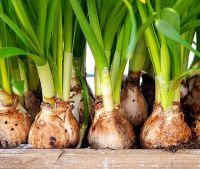
Plant this month: freesia, watsonia, oxalis, paper whites, babiana, crocosmia, Sparaxis, China lily, Narcissus and ipheon. If you purchase lilies, plant them as soon as you get home.
Buy and chill for planting later: crocus, hyacinths, and tulips should be purchased in October so they can spend six to eight weeks in the refrigerator before planting. Keep them in a separate bag away from fruit such as apples, pineapples and bananas.
Buy to plant in November: ranunculus, grape hyacinths, anemones, Dutch irises and daffodils. Store them in a cool dry place and plant them when the ground temperature cools next month. Buying early will give you a better choice of healthy bulbs.
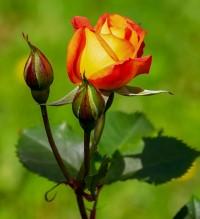
Continue deadheading.
Apply fertilizer for the final time this year.
Roses: Cultural practices and weed control
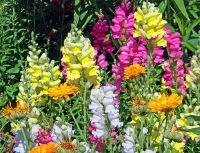
Plant cool season annuals such as calendulas, snapdragons, delphiniums, cyclamen, stock, pansies, violas, nemesia, and flowering cabbage or kale.
Chrysanthemums are a fall favorite that will grow back every year.
Trees that provide fall color in Orange County are liquidamber, Gingko biloba (be sure to get a male tree), floss silk tree (Chorisia speciosa), Hong Kong orchid (Bauhinia), and flamegold tree (Koelreuteria elegans).
Fall is a great time to plant trees, because our rainy season starts in November and will help with the new trees' water needs.
For more choices, consult Selectree.
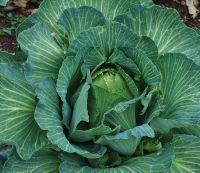
If you have not yet planted your cool season vegetables, it’s not too late!
Check our vegetable planting chart for a list of when different crops can be planted.
Prepare the garden beds by removing/chopping up dead and dying warm season vegetable plants and placing them in your compost pile. Add in soil amendment, manure and an organic fertilizer as indicated on the product labels. Be sure that the organic fertilizer is high in nitrogen, phosphorus and potassium for optimum growth and vegetable production. Manure should be well composted to avoid introducing pathogens into your edible garden. Never use fresh manure around edibles.
If your cool season vegetables are already in the ground, remember to apply fertilizer. Follow package directions as to amount and frequency of application.
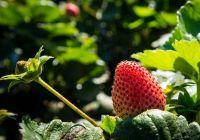
If your strawberries have grown runners, cut the runners off of your strawberry plants and gently shake off all of the dirt. Using your sharp garden shears, cut all but 2-3 leaves off of each runner. Next, put the runners in bunches into a plastic bag and place it in the back of your refrigerator (or another location that will NOT freeze them.)
Remove the bag from your refrigerator after 20 days and plant them in a different location than last year’s strawberry crop. Once these plants are established and growing in the ground, they will be ready to produce more fruit and less vegetative growth.

Adjust irrigation timers to reflect cooler weather and fewer hours of sunlight.
Fertilize cool season turf such as bluegrass, fescue, and ryegrass.
Dethatch creeping grasses if they feel bouncy when you walk on them.
Overseed warm season grasses with annual rye if you want to maintain a green appearance.
The UC Guide to Healthy Lawns will give you more information about year-round lawn care.
General maintenance tasks
Divide clumping bulbs such as daylilies, ginger, irises, and clivias. Water before dividing.
